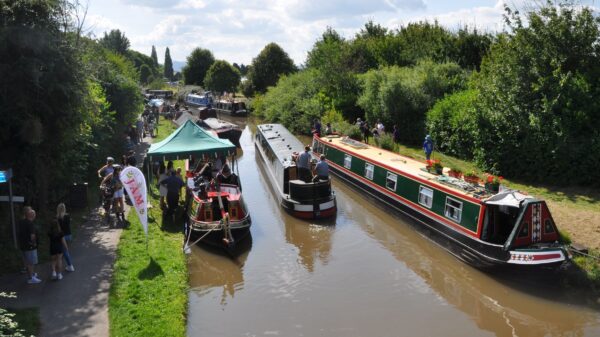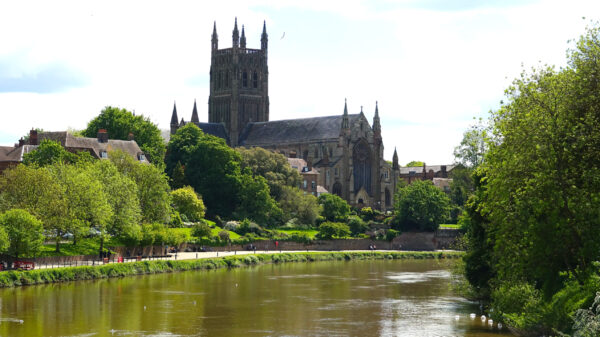From the River Severn to the Birmingham Canal
The first Act to promote the Canal was passed in 1791 but it took until 1815 for the canal to be completed, when the Bar Lock was built in Worcester Bar at Gas Street Basin. Previously, the Birmingham Canal Navigation had insisted on a physical barrier to preserve its water, across which all cargoes had to be transhipped. This bar meant the Worcester and Birmingham Canal Company had to provide its own reservoirs, rather than relying on water flowing down from the Birmingham Canal.
Although intended as a broad canal for barges, and having five broad tunnels, it was eventually completed with narrow locks due to financial constraints. From Gas Street Basin at the Birmingham end, it passes through the suburbs of Edgbaston, Selly Oak and Kings Norton, then through the long Wast Hill Tunnel, and via Hopwood and Alvechurch through countryside to Tardebigge. Then, it descends in stages via fifty-six narrow locks and two barge locks to the River Severn at Diglis via Stoke Prior, Hanbury Wharf, Dunhampstead, Tibberton, Blackpole and the eastern suburbs of Worcester City.
At Tardebigge, there is a plaque commemorating the meeting between Rolt and Aickman in 1946, which led to the waterways’ revival and the founding of The Inland Waterways Association. There is also a subsequent plaque correcting the year of the meeting to 1945. IWA was then formed in early 1946.



